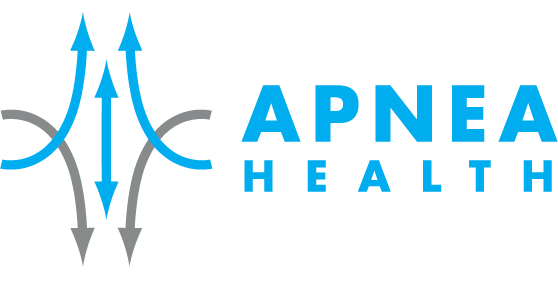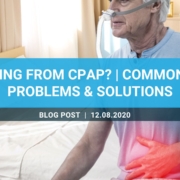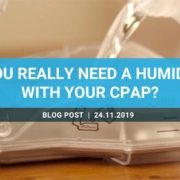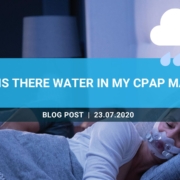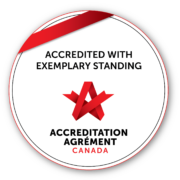Should I use CPAP when I have a cold?
Cold and flu season is upon us
We all wanted to hope it wouldn’t be true, and it’s easy to pretend it isn’t coming back when you’re still sipping drinks on the patio at the height of summer, but like it or not every winter, magical as the season can sometimes be, also comes with the risk of falling under the weather.
- CPAP can relieve cold symptoms
- Heated humidity helps
- Change up your position
- The contour CPAP pillow
- Flush out the pipes
- The big guns – the full face mask
- Go with an Auto CPAP
- If you don’t have an Auto CPAP or it’s time for an upgrade…
CPAP can relieve cold symptoms
When your nose is congested it can seem like putting on the mask is the last thing you want to do – but don’t fall for it! Done right, not only can CPAP treatment boost your immune system by helping you get the restorative sleep you need, but the warm, humidified air can provide direct relief of symptoms. Here are a few pointers for you to make the most out of your treatment, even when you have the flu, so that you feel better and get better faster.
Heated humidity helps
Don’t forget to fill your water tank! Most CPAP machines these days come with the ability to add warm humidity to the air you breathe. If yours doesn’t, an upgrade is definitely worth the investment! They were designed to improve comfort at all times, but humidifiers are especially helpful in dry winter air, and most especially when you’re sick. Pressurized air, with the added warmth and humidity, can physically loosen up a congested nose and help you breathe easier. But it doesn’t work if you don’t use it – so make sure you refill your humidifier tub every night with distilled water.
Change up your position
If you’re used to sleeping like a big happy starfish, good for you, but it might not help things when you’re feeling sick. Sleeping on your back will tend to increase stuffiness and post-nasal drip. An easy tip is to try flipping onto your side when you sleep, to avoid uncomfortable build-up. Just make sure to have the right sized pillow under your head and neck to keep your spine aligned – you don’t want to add a stiff neck to your list of cold symptoms.
The contour CPAP pillow will help you keep yourself in a comfortable position while keeping your hose under control all night.
Flush out the pipes
The Neti pot is an ancient Indian invention that’s resurging in popularity for its simplicity and effectiveness at relieving nasal congestion. It’s essentially a funny-looking little teapot made of ceramic or plastic that you use to pour a solution of salt, baking soda and distilled water (which you should already have on hand) through your nostrils to clear out nasal and sinus congestion. They’re available at pharmacies everywhere and can provide great relief when you’re all blocked up. If you prefer a more modern approach, you can also find pre-packaged saline sprays or over the counter decongestant or antihistamine nasal sprays that will help keep the pipes clear and make breathing through your nose easier, so you can keep using your CPAP.
The big guns – the full face mask
People that are chronic mouth-breathers when they sleep will probably already have been guided into the wonders of the full face mask, and know it lets you continue therapy while breathing through your mouth all night. If you’re already one of them, maybe skip ahead to the next section… Alright. For the rest of us who are used to nasal or nasal pillow masks: when you’re super congested and nothing is working to clear your nose, a full face mask will let you breathe through your mouth while still getting the full benefit of your CPAP treatment, so you sleep better and begin to feel better faster as a result. The same applies whether it’s a cold or it’s allergies blocking you up, and it works so well that many chronic sufferers will buy a full face mask as a backup to use when the nasal mask just won’t cut it.
Go with an Auto CPAP
Auto CPAP machines don’t just blow air at a fixed pressure, they use sophisticated algorithms to measure your needs and adjust accordingly, so you get more air when you need it. That means when your nasal passages are restricted, the machine can tell you’re working harder to breathe and will adjust to give you the pressure you need.
If you don’t have an Auto CPAP or it’s time for an upgrade, they’re definitely worth looking into.
Apnea Health can help find just the right machine for you.
